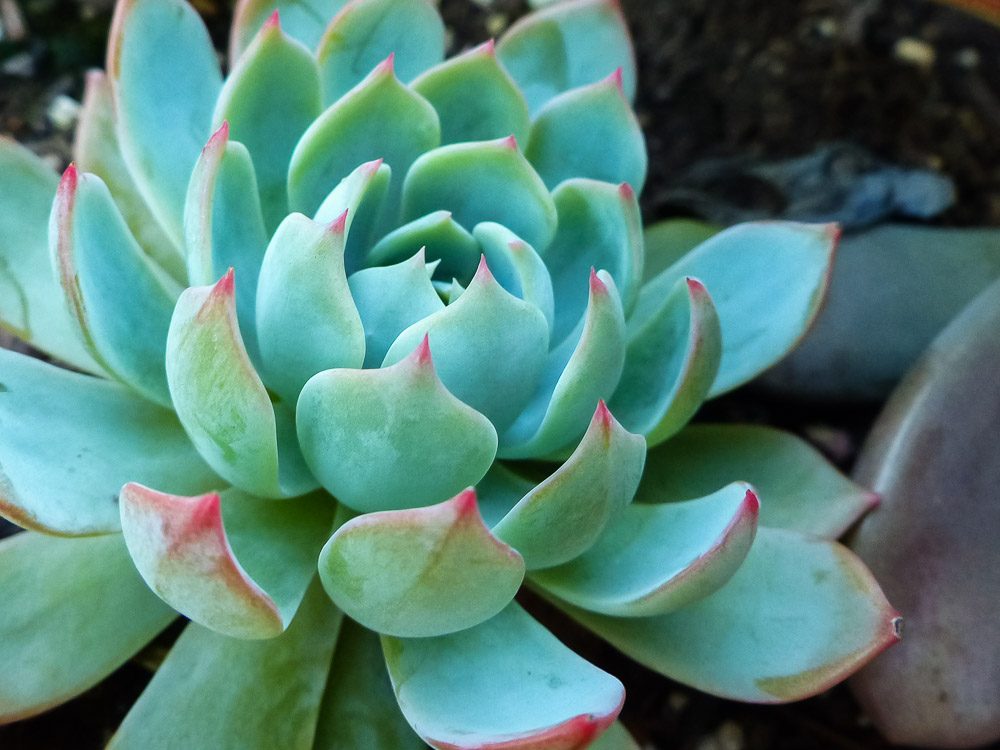 One of the oldest lakes in North America, at least 760,000 years old, can be seen along Hwy 395 at Lee Vining, near the eastern border of Yosemite National Park. It is the enchanting, mysterious Mono Lake, one of the most productive lakes in the world. Mark Twain dubbed this lake the “Dead Sea of California”, but he could not have been more wrong. Not too many species can survive in this harsh environment but those that have adapted do so in prolific numbers.
One of the oldest lakes in North America, at least 760,000 years old, can be seen along Hwy 395 at Lee Vining, near the eastern border of Yosemite National Park. It is the enchanting, mysterious Mono Lake, one of the most productive lakes in the world. Mark Twain dubbed this lake the “Dead Sea of California”, but he could not have been more wrong. Not too many species can survive in this harsh environment but those that have adapted do so in prolific numbers.
Fed by five streams, underground seeps, and the Sierra snowpack, Mono Lake has no outlet. Because of its inability to release water, it is three times saltier than the Pacific Ocean, an extremely alkaline condition.
If you were to swim in Mono Lake, and you can, you would be so buoyant you would bob up and down like a cork in water. As a comparison, below is the saline count of a couple of well-known bodies of water:
- Lake Tahoe – 0.001% salt
- Pacific Ocean – 3.5% salt
- Mono Lake – 10% salt
To convert Lake Tahoe’s waters to that of Mono Lake, you would need to add the following to one quart of water:
- 2.5 tablespoons table salt
- 1.5 tablespoons baking soda
- 2 tablespoons Epsom salts
- a pinch of borax
- a pinch of detergent
Is it any wonder that fish cannot survive in these waters? It is amazing to me that anything can. However, brine shrimp and alkali flies seem to like these salty waters just fine.
During the early spring months, the lake is “as green as pea soup”, due to the microscopic algae bloom. As the water warms, recently hatched brine shrimp and alkali flies feed on the algae. By summer they have consumed so much algae that the lake water becomes clear and returns to a blue color once again.
In the warm summer months, an estimate of 4-6 trillion brine shrimp swim in these waters. Alkali flies live along the shore and walk underwater, encased in small air bubbles for grazing and to lay their eggs. These two Mono Lake inhabitants are an important source of food for the millions of migratory and nesting birds who find their way to this salty sea.
Interesting chemical reactions occur when freshwater springs (calcium) meet alkaline water (carbonates). Calcium carbonate (solid limestone) is the result, better known to geologists as a tufa. These hauntingly beautiful formations have their beginnings underwater and continue to grow as freshwater and lake water meet. There is evidence of Ice Age tufa at Mono Lake, which grew beneath the water nearly 13,000 years ago. They have a crystalline structure that differs from more recent tufa. Mono Lake’s “petrified springs” are a fascinating example of what nature can do with a few basic ingredients.
Many photographers come to the South Tufa to capture these unique limestone statues. The best time for photos is at sunrise, if the sun makes an appearance, and she has been a bit timid these past several days.
At its height, Mono Lake soared to a depth of 900 feet, but now its average depth is a mere 50 feet, with a maximum depth of 150 feet. The lake is currently seven vertical feel lower than its targeted level. About 45” of water is lost annually to evaporation, so freshwater inflow is critical to its health. Although we have been less than enchanted with the rain, sleet, and snow flurries that have pelted this area during our visit, we are comforted knowing that Mono Lake is the better for it.
We begin our journey north in search for warmer temps, as we can’t seem to will the thermometer to move beyond the 50 degree mark yet.
















